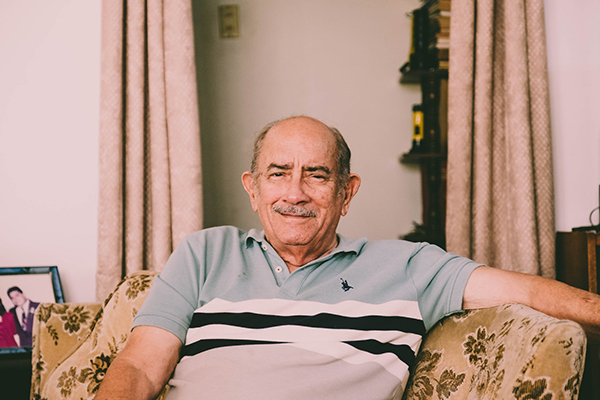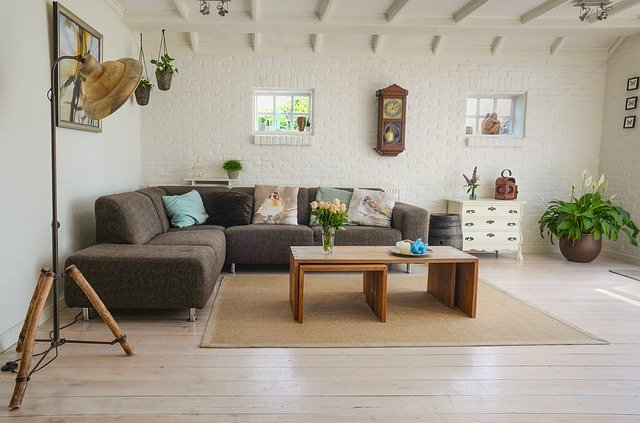A time comes in our lives when it is no longer our parents taking care of us, but the other way around. Having them move in can be an excellent solution for some families. If you have the space inside your home or have decided to invest in a granny pod, you’ll surely find that being in closer proximity makes it so much easier to look after their well-being.
Some individuals won’t have to do too much in terms of adjusting their home – especially those who already have sufficient space. In this case, a couple of safety features will do. But, for most people, there will be some necessary changes.
As the elderly are more prone to injury (every 11 seconds an older person is treated in the ER as a result of a fall in the home), you might want to do a safety audit before your parents have arrived. The first places to look will be the most obvious ones: the bathroom, kitchen, stairs, and their bedroom.
If you’re unsure what to look for, you can follow this checklist for five easy ways to senior-proof your home.
1. Visibility
As we age, our eyesight becomes worse. While simple solutions such as wearing glasses are enough for younger generations, seniors will need to make bigger accommodations. This is why it’s highly recommended that you look at the lighting inside your home and determine whether it’s appropriate for older adults. Ask yourself the following questions:
● Are all light switches easy enough to reach?
● Are there any rooms that are too dim?
● Are working surfaces such as kitchen counters lit well enough?
● Are there areas such as hallways or stairs that could benefit from more light?
● Is the bathroom sufficiently lit?
Once you’ve gone through these, make any necessary adjustments. Nowadays, there are numerous options for installing high-quality lights that will effortlessly remove most risk. These include light strips, as well as motion sensors and smart lights that can be programmed to serve your home in the best way possible.
2. Installing grab bars
Most older adults require something sturdy to hold on to, due to balance problems. Luckily, this issue is easily solved by installing grab bars around key areas of your house.
The first place to do this is your shower/tub and next to the toilet. For stairs, ensure that the hand railing is strong and can take a person’s weight. See whether there is a need to add a grab bar in the bedroom as well – for some people, it can make it easier to get out of bed.
3. Remove clutter
Rugs and plentiful decoration can look great, but they can also be a safety hazard for those with reduced mobility. This is why it’s highly recommended that you go through your house and remove any items that may cause your parents to trip, slip, or hurt themselves when they fall.
Decluttering is especially important in rooms that get a lot of traffic during the day. If you’re unprepared to part from a stylish floor covering, you can add grippers to the bottom, which will prevent it from moving around on the floor when stepped upon. Another easy thing you can do is encourage your parents to wear the right shoes which can have a great impact on fall prevention.
4. Safety around water
Home areas that include a lot of water can definitely be tricky for the elderly to navigate. This includes a number of reasons. First and foremost, wet floor surfaces increase the risk of suffering a fall, while water can also make it more difficult to get a grip on utensils. Additionally, water that is too hot creates a risk of burns.
To ensure you’re in the clear, go through your home and make the following adjustments:
● Add non-slip bath mats in each bathroom.
● Invest in a slip-resistant shower mat and a shower chair.
● Lower the temperature on your heater to avoid burn risk.
● Check whether all taps are clearly labeled and easy to handle.
● Add flood detectors in the bathroom, kitchen, and laundry room to reduce the risk of falls.
5. Medical safety system
Last but not least, consider investing in a medical safety system to install in your house. These are no longer expensive investments and can be a literal life-saver in case of an emergency. Today, you can choose from numerous designs such as wearables with automatic fall-detection or emergency help buttons (some even voice-activated) that can be utilized should your parent fall or require medical attention.

